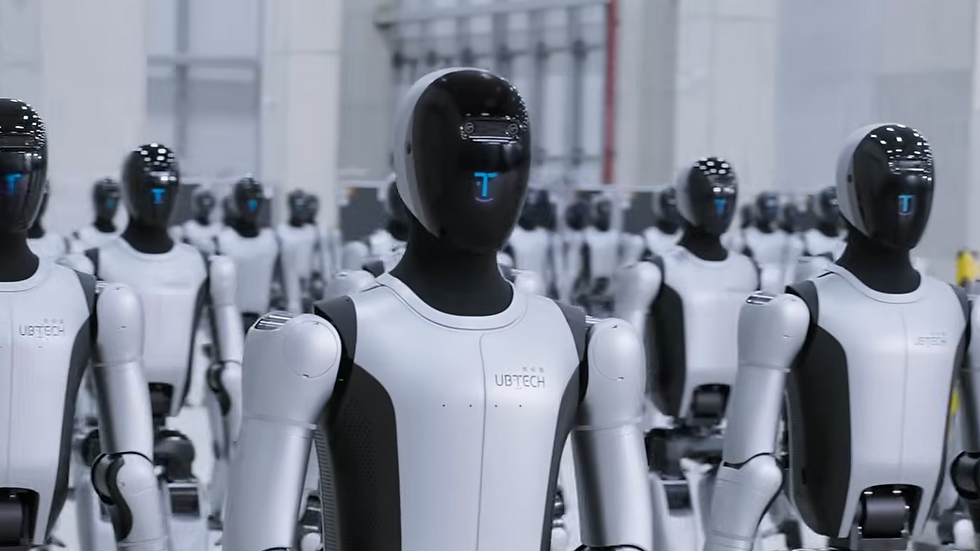Drones Collaborate to Transport Heavy Payloads with New Algorithm
- tech360.tv

- 8 hours ago
- 2 min read
Scientists at TU Delft, the Netherlands, have developed an algorithm enabling multiple autonomous drones to work together. This system allows them to control and transport heavy payloads, even in windy conditions.

Traditional drones face limitations due to their limited payload capacity and difficulties operating safely in harsh weather or unpredictable environments. Robotic researcher Sihao Sun noted that single drones struggle with tasks such as delivering heavy building materials to remote areas, transporting crops, or assisting in rescue missions.

The TU Delft team designed a system where several drones connect to a payload using cables. This allows them to carry much heavier loads than a single drone could manage. The drones adjust their positions in real time to lift, transport, and control the object's orientation for precise placement.
Mr. Sun explained that the primary challenge lies in coordination, as connected drones must rapidly respond to each other and to external disturbances like sudden payload movements. Traditional control algorithms are often too slow and rigid for such dynamic scenarios.
The new algorithm developed by the team is fast, flexible, and robust. It adapts to changing payloads and compensates for external forces without requiring sensors on the payload, offering a significant advantage for real-world use.
Researchers built their own quadrotors and tested them in a controlled lab setting, using up to four drones simultaneously. They introduced obstacles, simulated wind with a fan, and used a moving payload like a basketball to assess dynamic responses.
The system successfully passed all tests. As the drones are autonomous, they only require a destination and then navigate independently, adjusting for obstacles and disturbances along their route.
Currently, the system uses external motion capture cameras for indoor testing, which limits its immediate use outdoors. The team aims to prepare the technology for real-world deployment in the future, with potential applications in search and rescue, agriculture, and remote construction. The study has been published in *Science Robotics*.
Scientists at TU Delft have created an algorithm for multiple autonomous drones to transport heavy payloads.
The system allows drones to coordinate and control an object's orientation while adapting to external disturbances.
The algorithm is fast, flexible, and robust, working without sensors on the payload itself.
Source: TECHXPLORE


